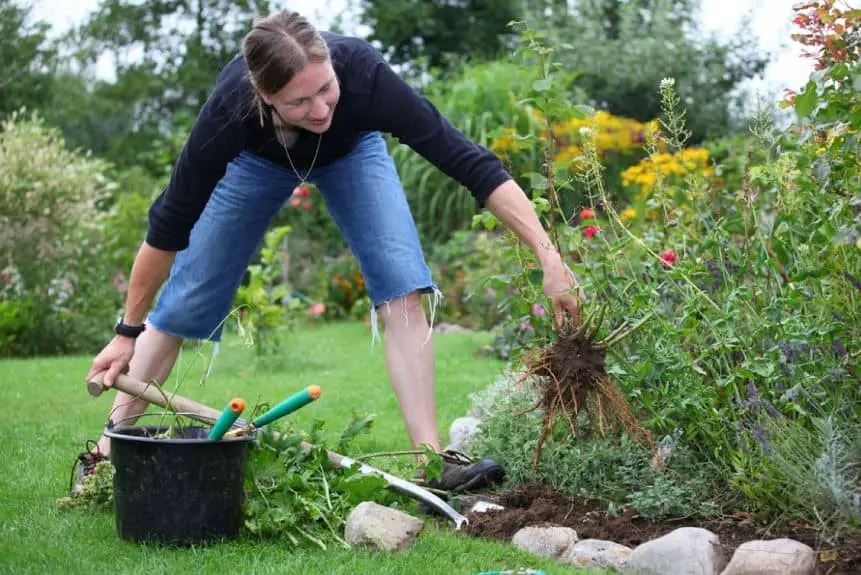One of the most prevalent physical ailments is back discomfort, which affects a lot of gardeners. Backache after gardening is caused by all the twisting, bending, lifting, and other positions. To assist in minimizing this discomfort and make outdoor tasks more enjoyable and pain-free, there are several instruments and techniques.
The physical activity of gardening calls for both flexibility and strength. Many gardeners report aches and pains, particularly in the back, when the gardening season picks up in the spring. Warming up before going outside is the first step in preventing this. Stretching and using ointments as necessary may assist. Your back will be saved, and the work needed will be lessened if you utilize the correct equipment for the task and vary your cleaning techniques. There is a proper plant for every place, just as there is a proper approach to garden more effectively.

Tips for Avoiding Back Pain While Gardening
It’s easy to make gardening pain-free by changing how you go about it. Many of the methods we use to water the garden involve much work. The body might suffer from carrying sprinklers, dragging hoses, and manually watering. Aside from eliminating all that work, installing in-ground irrigation and employing targeted drip lines will also help you save money on water use. Using raised beds is another gardening technique to avoid back strain. These need not be elaborate and may be made from various materials that can be obtained.
Instead of annuals, which must be planted every year, think about planting perennials. You may sit comfortably to weed and care for the plants if there is adequate space around the raised bed’s perimeter. To maintain excellent posture and provide a sturdy back structure, use back support for gardening if a particularly taxing task is required.
Weeding Comfort
Weeding is one of the most physically taxing tasks. Bending is necessary whether on your knees, squatting, or scooting about on your bum. Mulch is used around plants to prevent weed growth and save water. Mulches may be made from various materials, including bark, gravel, and recycled tires. When preparing beds, using weed barrier cloth reduces the development of undesirable plants.
Additionally, there are granular treatments that stop weed seeds from sprouting. A lasagna bed with layers of cardboard or newspaper works well as a weed barrier. Get a long-handled dandelion weeder for yard weeds to avoid bending down. As a gardener moves about picking weeds, rolling carts with seats keep them pleasantly down to the earth.
Gardening Equipment for Bad Backs
For those with back discomfort, ergonomic and long-handled equipment may completely transform their lives. Purchase lightweight tools, such as ones constructed of aluminum. When watering hanging baskets or plants that are placed awkwardly, a long watering wand helps minimize straining. When using spring-loaded tools, less effort is required to do certain tasks.
Make sure to use proper form while utilizing tools. Lift with your legs while you draw in your stomach. When digging, stretch your legs apart comfortably to distribute your weight. As close as you can to work at hand, stand. When tossing a shovel full of dirt, try to avoid twisting whenever you can. If you need assistance lifting anything very heavy, ask for it. Always be aware of your physical needs and take breaks when required. Tomorrow the weeds will still be there.


